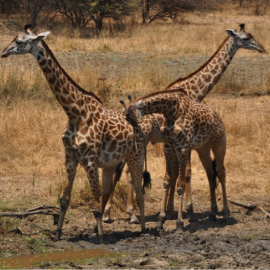
by Fred Bercovitch
Every three years, the Convention on International Trade in Endangered Species of Wild Fauna and Flora Conference of the Parties (CITES CoP) meets to deliberate the best tactics to adopt for saving species…
Read more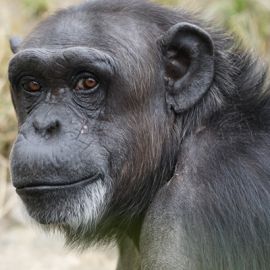
by John Richardson
In November 2017, world-renowned primatologist, ethologist and author of numerous books Frans de Waal was interviewed by John Richardson, the founding Executive Director of the Blackstone Ranch Institute.
Read more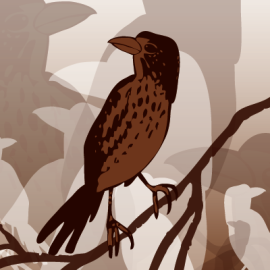
by Kira Johnson
I used to be involved in a team-taught course at Boston University called Biodiversity: Causes and Consequences. I gave two lectures: one on the fossil evidence of biodiversity and another on the history…
Read more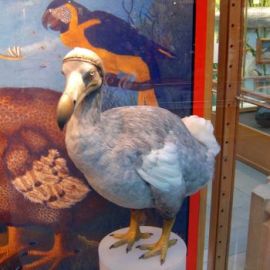
by Erika Zambello, Kira Johnson
As individuals who work in the environmental field and whose hobbies involve being outdoors, we had heard of some of the extinct species featured in Brief Eulogies for Lost Animals by Daniel Hudon before…
Read more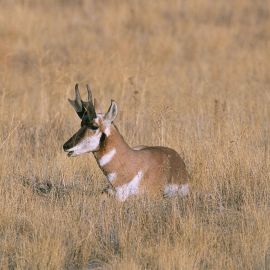
by Erika Zambello
Voices for Biodiversity’s Advisory Board Member Mary Ellen Hannibal took the TEDx Stanford stage to discuss her journey towards becoming a citizen scientist, and how this discipline could save the world.
Read more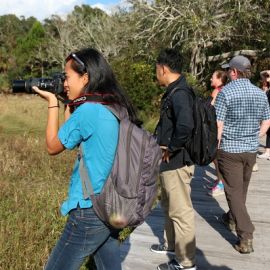
by Erika Zambello
I disembarked at Guana Tolomato Matanzas National Estuarine Research Reserve (mercifully abbreviated to GTM NERR) with a group of practitioners, researchers and ecologists from around the world. The group…
Read more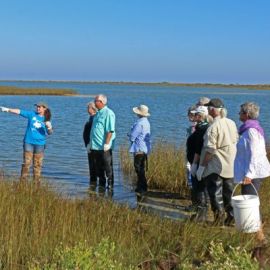
by Erika Zambello
Apalachicola Bay has long been famous around the world for its thousands of acres of oyster beds. In fact, in the past, 90 percent of Eastern oysters served in Florida were from Apalachicola.
Read more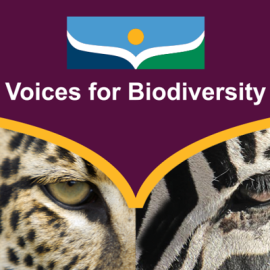
by Tara Waters Lumpkin
It has been almost eight years since the conservation-media magazine Voices for Biodiversity was born. The changes that have occurred over these years, both for the world and for Voices for Biodiversity,…
Read more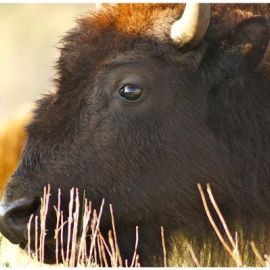
by Elke Duerr
I grew up on an organic farm in Germany. By the time I was born, we Germans had already wiped out our large mammals; the wisent (German bison), wolf, bear, lynx, wild cats, auroxen, moose and elk were…
Read more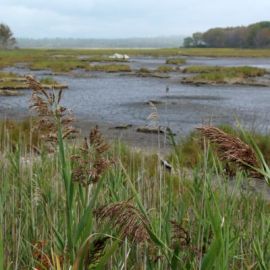
by Erika Zambello
Wells Reserve on the coast of Southern Maine was designated in 1984 and encompasses 1,600 acres. The reserve staff facilities sit within beautifully restored farm buildings.
Read more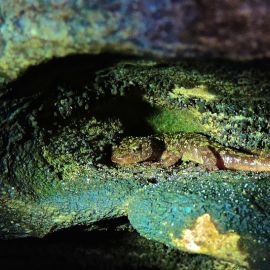
by Wally Smith
This is the case with the green salamander, one of the most unique amphibians in the salamander-rich Appalachian Mountains. The only truly green-colored salamander in eastern North America, the green salamander…
Read more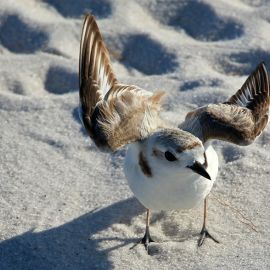
by Erika Zambello
For those who bird on the Emerald Coast, Snowy Plovers are a relatively common sight on Okaloosa Island – once you walk away from the more crowded beach access points. Less than seven inches long and lighter…
Read more
